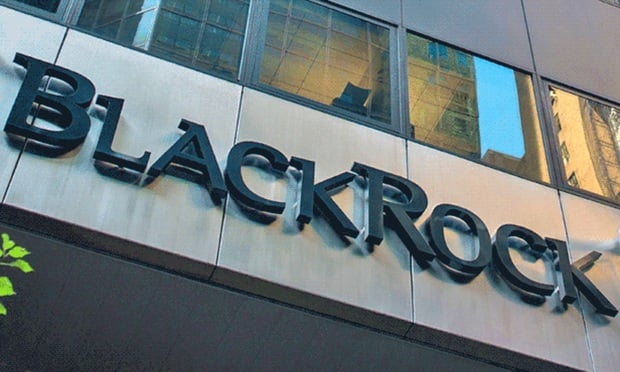The savings rate improved across the board in the U.S. last year, but not everyone is able to save effectively.
Those are some of the findings of the 8th annual America Saves survey, released Monday to coincide with the beginning of the 9th annual America Saves Week — an effort by almost 1,700 nonprofit, government and business organizations to promote personal savings.
Nearly a dozen indicators in the survey revealed some progress, but only about 40 percent of respondents said they were making "good" or "excellent" progress in meeting the savings goals they'd set.
Recommended For You
An increasing number of respondents — 71 percent, compared with last year's 68 percent — said they were spending less than their income and saving the difference. Those who managed to save at least 5 percent of their income also increased to 52 percent, compared with the previous year's 47 percent.
People are also continuing to work on lowering, or eliminating, their debt, with 78 percent reporting progress along those lines (compared with 76 percent in the last survey). Those who say they have enough rainy-day funds set aside in case of such events as medical emergencies or automotive mishaps also increased, from 64 percent to 66 percent.
Forty percent of the respondents claimed they were making "good" or "excellent" progress toward their retirement goals, up from just 35 percent last year. Despite that increase, just half said they were "saving enough for a retirement."
Among those with higher incomes, the correlation between how much money they have and how much they manage to save is lower than one might expect.
Seventy-five percent of those with incomes between $25,000 and $50,000 report being able to spend less than their incomes and save the rest, while 87 percent of those with incomes of at least $100,000 report the same — just a 12 percent difference.
Among those who make less than $25,000, 54 percent manage to spend less than they make and save the difference.
The America Saves program is managed by the Consumer Federation of America and the American Savings Education Council. The savings survey was conducted by ORC International.
The survey was based on responses from 1,009 adult Americans Jan. 29-Feb. 1 by landline and cell phone. The margin of error is plus or minus 3 percentage points.
© Touchpoint Markets, All Rights Reserved. Request academic re-use from www.copyright.com. All other uses, submit a request to [email protected]. For more inforrmation visit Asset & Logo Licensing.






